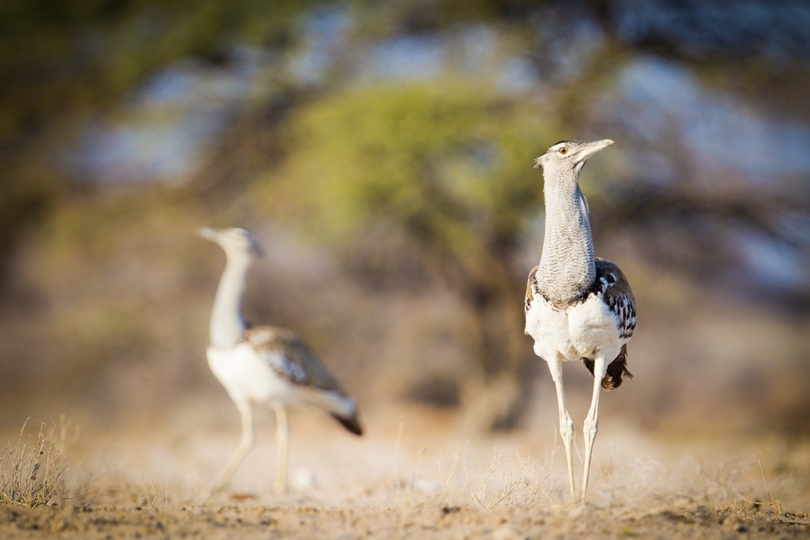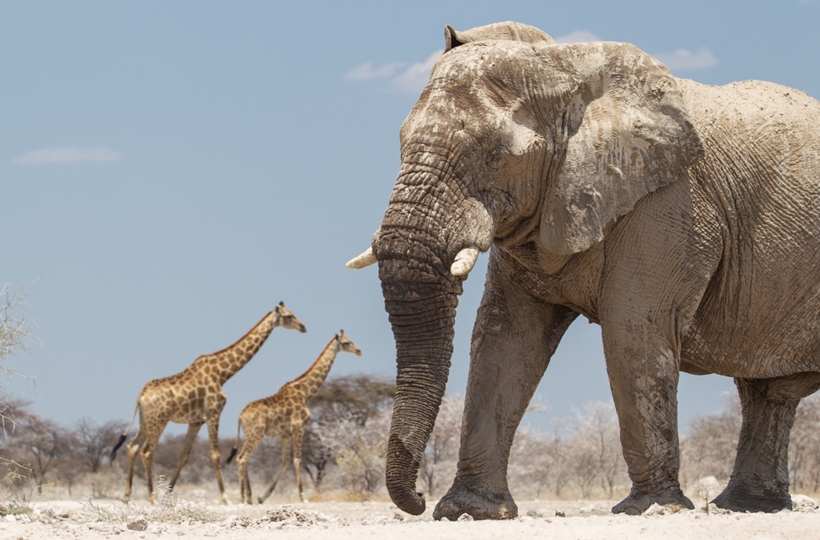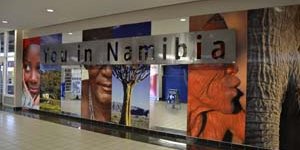Like this article?
Go on, give it a kudu!

Published on June 12 2018
Written by:
Morgan
3219 views
Besides great memories, many visitors hope to return from their African safari with epic photos. In fact, photography can be the inspiration for going on a safari in the first place.

I’ve written before on what equipment is best for photographing Africa’s wildlife and a few tips for snapping memorable shots. One of my biggest recommendations to improve your wildlife photography is to get eye-level or lower with your subjects, which is not easy to do from a game viewing vehicle. Luckily, safari lodges have caught on, and several have constructed customized photographic hides built into the ground.
Hides are commonplace in African, and they can be a wonderful way to relax and watch wildlife and birds on their own terms. Most hides are built up on stilts, keeping visitors safe and providing an elevated viewing platform above the surrounding vegetation. These hides can work okay for bird photography, especially at wetlands, but they tend to be terrible for photographing wildlife.

The angle is unnatural and unflattering. It makes the animals look small, and the background is generally an ugly patch of mud, or worse, the concrete or stonework of an artificial waterhole. By digging the hide into the ground such that the windows are at ground level, photographic hides provide a perfect angle for photos. They also tend to be oriented for the best light, either facing directly north or south for pleasing effect at both sunrise and sunset.
Flip through a wildlife book or magazine. Notice how most of the photos are taken from a low-angle view? These pictures are so much more engaging. The animals look bigger and more majestic when you are connecting at eye level or lower.

The background, instead of including just the surrounding ground, includes vegetation in the far distance and some of the sky. This adds color and depth to what might otherwise be a dull scene. Low-angle photos also stand out because they are harder to get, and thus much rarer than the high-angle shots you get from poking out the top of a game drive vehicle or a traditional hide. Photos taken from underground photographic hides have done well in international photography competitions in the past few years.
Hides are generally built next to a waterhole, which especially in the dry season, acts as a magnet to attract wildlife and birds. Some photographic hides are built at the lodge, so you can walk to and enjoy them at any time. These are great for convenience, but it can be frustrating that other guests come and go and might scare off the subject you’ve been patiently waiting for all morning.

Some photographic hides are built at a remote location and are geared towards more serious photographers. These are an ‘activity’ you book on your safari in place of a more traditional game drive or bush walk. It’s definitely worth trying, at least once, even if you’re not a photographer. You will likely see fewer animals then you might on a game drive, but your sightings will be much more exhilarating. At a hide, the animals are coming to you on their own terms, so you witness more natural behavior and can enjoy the nuances of interactions between individuals.
I recently had the privilege of working regularly from Onguma Game Reserve’s photographic hide bordering Etosha National Park (where I took these photos). I relished even the quiet, slow mornings at the hide and wouldn’t easily trade one for a game drive. It’s a very special experience.

Take along a pair of binoculars and a bird book to pass the time between groups of animals visiting the waterhole. Or just sit back, relax, and enjoy the sounds and smells of the bush. Equipment-wise, the animals can get surprisingly close if you keep still and quiet, so it’s nice to have a 70-200mm lens and something wider to take in the whole setting. For small birds, a longer focal length like a 100-400mm or 600mm lens will be perfect. Ask ahead if the hide has a shelf with beanbags to rest your camera on. Otherwise, consider bringing a tripod.
Underground photographic hides tend to be at private reserves. Look for them at Onguma Game Reserve and Ongava Game Reserve bordering Etosha National Park in Namibia. In Botswana, head for Mashatu Game Reserve. In South Africa, try Jaci’s Lodge in Madikwe Game Reserve or Zimanga Game Reserve in KwaZulu Natal. The latter features a number of specialized photographic hides; one even caters to overnight guests with a sophisticated lighting setup to help capture night-time visitors.
Has been on: 20 safaris
I'm an adventurous traveler and like to get off the beaten track. I'm a writer and photographer, and I enjoy a wide range of topics, especially travel, adventure, and nature. See more of my work at www.morgantrimble.com
© Your African Safari Ltd, All rights reserved.
Your African Safari is a safari-planning and safari review site. It was created to help support a healthy African wildlife population. All reviews are vetted before being approved and only ethical tours are published

Garamba National Park—an anchor of hope in the Democratic Republic of Congo
Published on January 09 2025
By: R.W.

Namibia imposes new visa requirements
Published on July 25 2024
By: yourafricansafari.com

Do I really need travel insurance or travel protection for my safari?
Published on July 30 2024
By: yourafricansafari.com